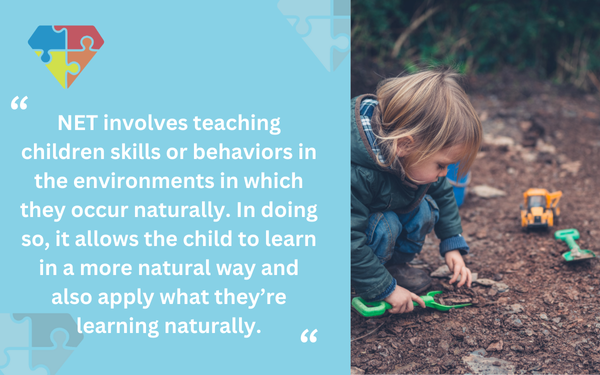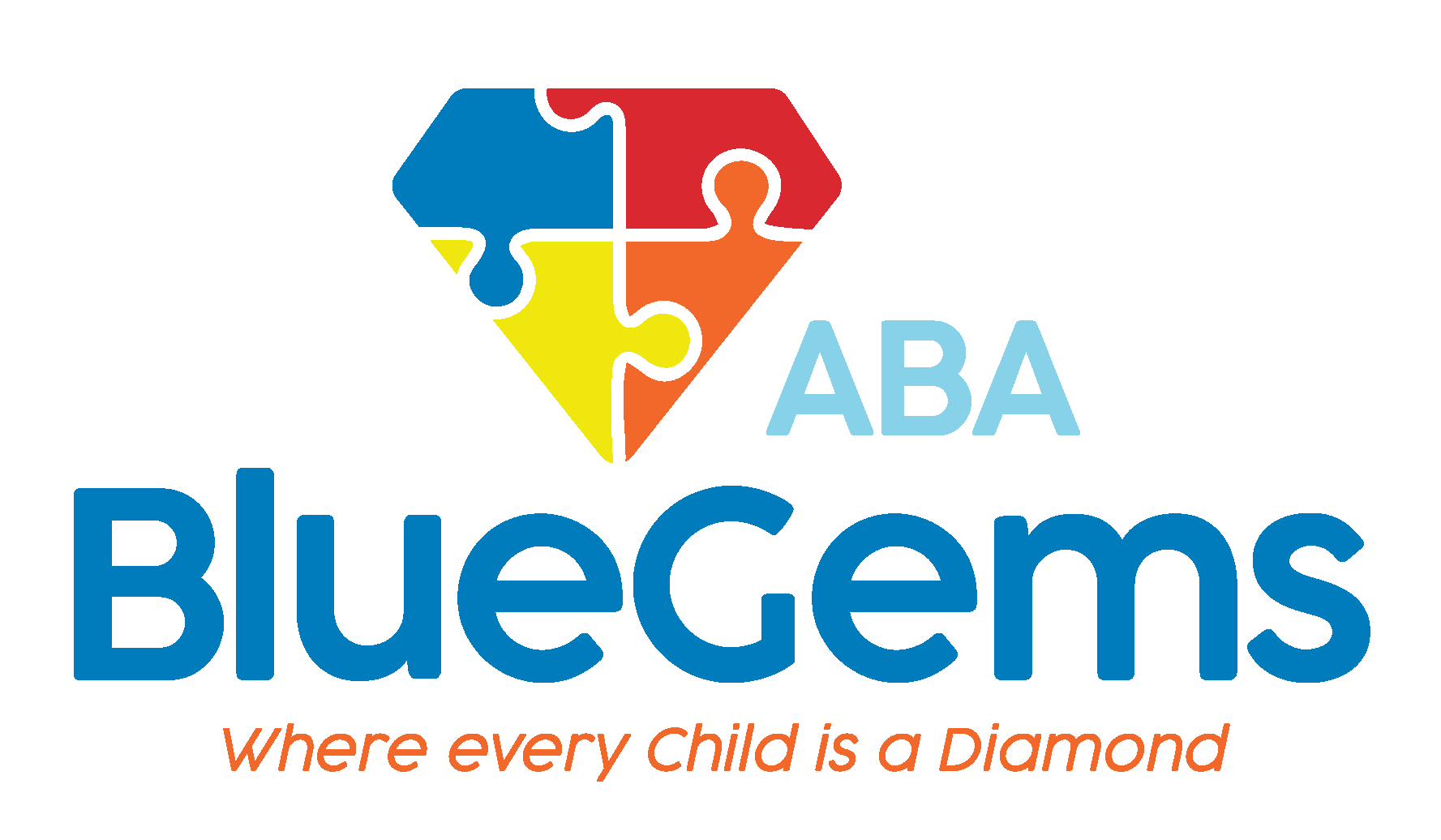Why Generalization Must Be Built Into the Treatment Plan
Applied behavior analysis, or ABA therapy, is a very effective intervention method for children with autism spectrum disorder (ASD). In fact, it’s commonly considered the gold standard treatment for children on the autism spectrum.
The structured approach that ABA therapy provides individuals, and the fact that it’s personalized to each individual, are just some of the reasons why it’s so effective.
After thorough initial evaluations, assessments and parent interviews, ABA therapy teams will build a treatment plan that incorporates strategies, tools, approaches, reinforcers and goals that are specific to each patient.
While these can vary greatly from one patient to the next, there is one goal that needs to be incorporated into every ABA therapy treatment plan — generalization.
Below, we’ll discuss what it is and why generalization must be built into the treatment plan.
Table Of Contents
- Generalization helps children apply ABA skills across different people, environments, and behaviors.
- It ensures therapy gains are functional and relevant outside of clinical sessions.
- Natural Environment Training (NET) is a core strategy used to teach generalization effectively.
- Parent and caregiver involvement is critical to maintaining consistency and reinforcing behaviors.
- Generalization should be built into every ABA treatment plan from the beginning.
What is Generalization in Terms of ABA Therapy?
In ABA therapy, generalization is the ability to take skills that are taught in sessions and apply them to other settings and situations.
Generalization can refer to the skill being applied with different people. This could mean with different therapists, with parents and other family members, with teachers and/or with peers.
It can also refer to skills being applied in different settings. So, instead of the child only being able to exhibit the skill or behavior in their ABA therapy environment, they’ll have the ability to do so at home, in a classroom and in public places.
Generalization also refers to the skill being applied to different behaviors. This means that if a child learns how to zip up a backpack, for instance, that they’ll also be able to zip up pants or a jacket.
| Generalization Component | ABA Therapy Benefit |
|---|---|
| Applying skills across people (therapists, parents, peers) | Promotes communication and social flexibility |
| Using skills in multiple environments (home, school, public) | Ensures behavior consistency in real-life situations |
| Transferring skills to similar behaviors (e.g., zipping bags to zipping jackets) | Increases independence through skill transfer |
| Using different stimuli during therapy | Improves adaptability and generalization strength |
| Natural Environment Training (NET) | Supports learning in real-world, natural contexts |
| Parent and caregiver involvement | Reinforces skills consistently outside of sessions |
How is Generalization Taught in ABA Therapy?
Just like other concepts, skills and behaviors, generalization of skills can be taught in a variety of ways in ABA therapy. Some of the most effective strategies will emphasize the targeted skills across diverse contexts, using various stimuli and even having multiple instructors involved.
What this will do is help to reinforce the basics of the skills and/or behaviors that are being taught, which helps them to successfully exhibit them in various settings with different people and with different behaviors.
A common strategy that ABA therapists use to teach generalization is Natural Environment Training (NET).
NET involves teaching children skills or behaviors in the environments in which they occur naturally. In doing so, it allows the child to learn in a more natural way and also apply what they’re learning naturally.

By using different stimuli in therapy, it encourages children to apply the skills they’ve learned broadly. This could include different contexts, people and objects.
Finally, ensuring that parents and caregivers are active participants in ABA therapy enhances the ability for children to generalize skills. Parents and caregivers learn the strategies, tools and reward systems that are used in ABA therapy sessions so they can reinforce all of that in the child’s real-world environments.
Why is Generalization So Important?
By following scientific principles and data gathered in therapy sessions, ABA therapies can effectively teach children with autism new communication, social interaction and daily life skills, while also helping them improve their behaviors and manage their emotions.
However, if generalization wasn’t a key focus of ABA therapy, children may only be able to apply these new skills, behaviors and coping mechanisms in the specific environments in which the therapy is administered.
What generalization does is enable children to exhibit these skills, behaviors and coping mechanisms across their entire lives. In turn, this helps them live as independently as possible.
Generalization is a Central Focus of All Blue Gems ABA Treatment Plans
Generalization is an essential component of ABA therapy and needs to be built into every treatment plan. It enables children to take the skills, behaviors and coping mechanisms they learned during sessions and apply them to different settings, with different stimuli and different people.
At Blue Gems ABA, one of our main goals is to help children with ASD live as independently as possible. To do that, we craft personalized ABA therapy treatment plans that are catered to each individual’s unique strengths, challenges and preferences, which encourages generalization.
To learn more, please contact us today.
Q: What does generalization mean in ABA therapy?
A: Generalization is the ability to apply learned skills in new environments, with different people, or to related behaviors.
Q: Why is generalization important?
A: Without generalization, children may only show learned behaviors in therapy sessions, limiting their usefulness in daily life.
Q: How is generalization taught?
A: Through strategies like using varied stimuli, multiple instructors, NET, and consistent caregiver involvement.
Q: Can generalization be measured?
A: Yes, ABA therapists often track generalization by observing skill use across different contexts and people.




